
The purple octopus
This purple octopus was one of 11 new species found during a deep-sea expedition off the Atlantic coast of Canada in July 2010. The 20-day expedition, in which Canadian and Spanish scientists collaborated, aimed to discover the relationship between cold-water corals and other types of seafloor creatures in an environment yet to be studied. They used an ROV called ROPOS to dive off the coast of Newfoundland to a maximum depth of 3,000 meters.
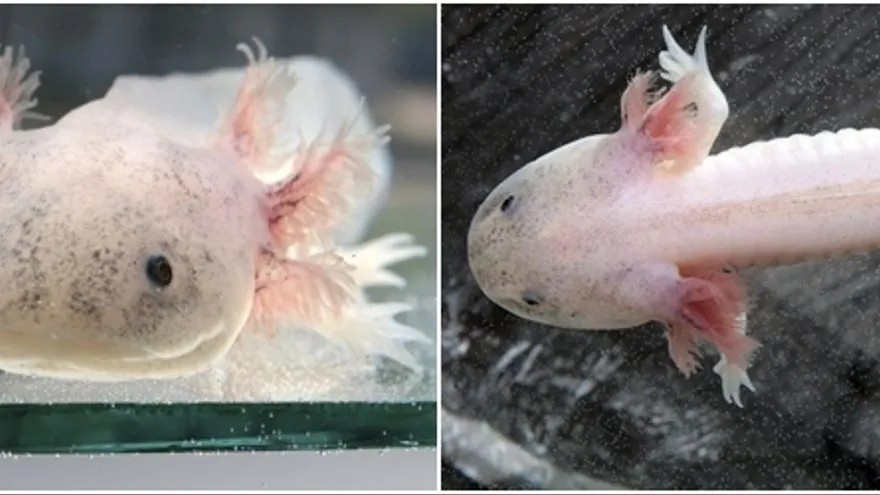
Axolotl
This amphibian is native to Mexico and its natural habitat is limited exclusively to the lakes near Mexico City. The introduction of non-native species and above all its excessive exploitation has caused it to be in danger of extinction. Its intensive capture has been caused by the belief that it has properties to treat respiratory diseases, which has led to the elaboration of syrups from ajolote in traditional Mexican medicine.
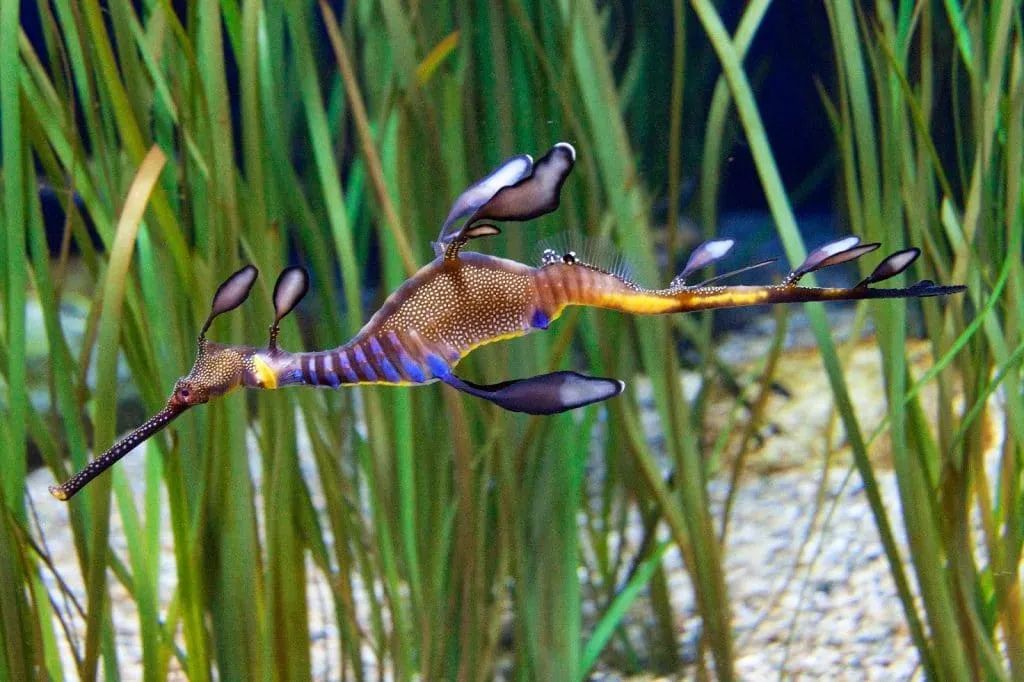
Dragones Marinos
This small fish is found off the coasts of Australia. Its body covered with algae-like fins allows it to camouflage itself and thus go unnoticed. It feeds on plankton and larval fish. The female can reproduce up to 250 eggs and it is the male who takes care of them.
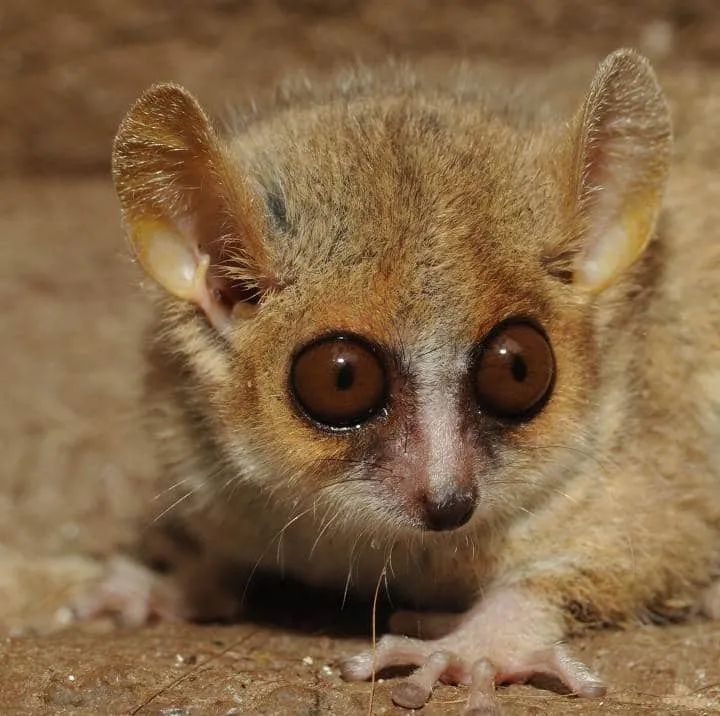
The Mouse Lemur
It comes from Madagascar and is the smallest primate in existence, measuring 10 centimeters and weighing 90 grams. It is nocturnal with large, bright brown eyes and feeds on leaves and fruits. Its fur can be gray or reddish. There are about 25 species of lemur mice in this country alone.
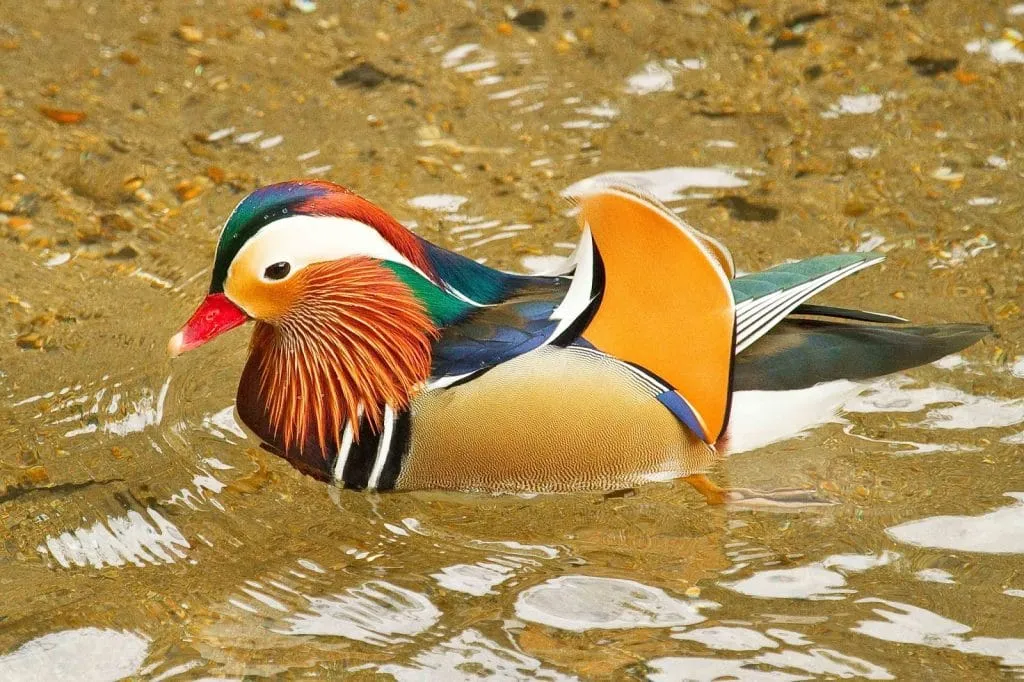
Mandarin Duck
It should not be the rarest, but the most exotic, this beautiful and multicolored duck is one of the most appreciated animals in China, even given as a gift at weddings for good fortune. The colors are carried only by the male. The female is only brown and ochre in color.

Sugar Petaur
It belongs to the marsupial family, its name is due to its taste for sugary foods. They are nocturnal and do not like to be alone, they should always be with another member of their species, although they are asocial with humans. They look like a cute pet, but it is better to enjoy them in their natural environment.
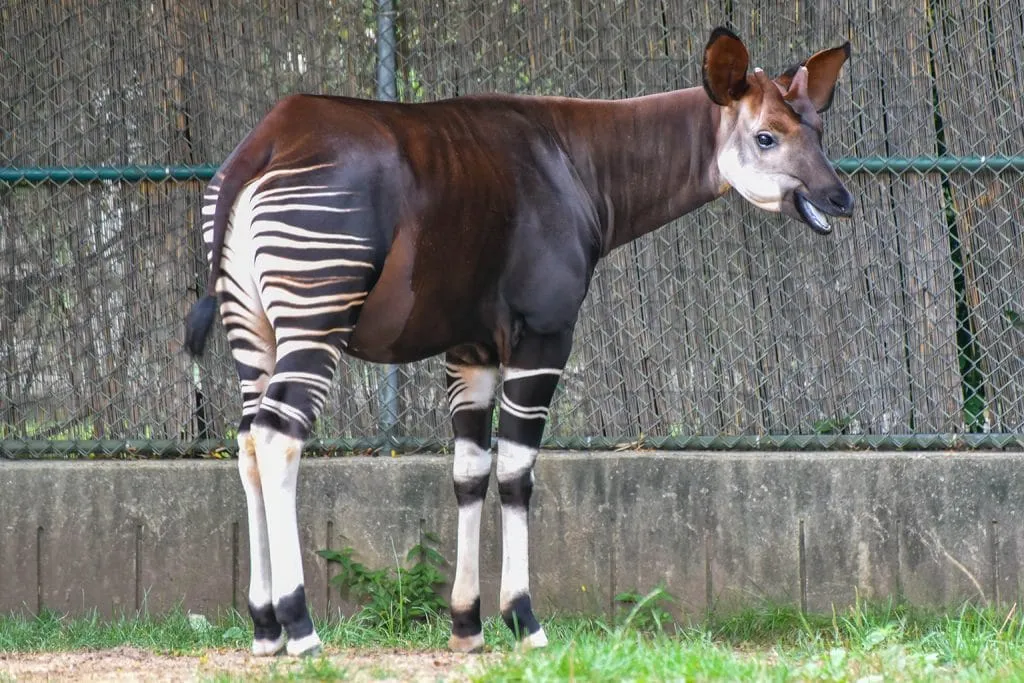
Okapi (Okapia jonhstoni)
Close relative of the giraffe, due to its long neck and tongue. The hair on its body is reddish, only until it reaches the back, where it changes to black stripes with white, resembling a zebra. It is currently in danger of extinction, due to damage to its natural habitat.
And that was all, I hope you like it and soon I will bring part 2 :DDDDDDDDDDDDDDDDD